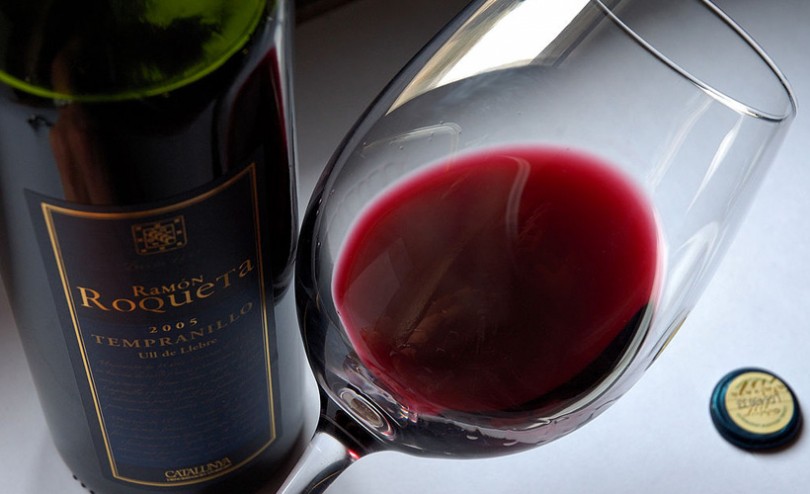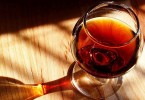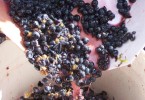Colour and clearness, first steps for the wine analysis
A white wine, moreover, has great virtues of gustative freshness, fruity notes and clearness. If at the sight the colour is a faded yellow, it means that it has expired. Obviously, it is necessary to analyse the type of wine that we are drinking. In late grape harvest, Passito wines, barrique and moscato wines this amber-golden colour is typical.
Like the white wines, also for red wines the pouring is characterized by a snap. In the young wines the colour is ruby red for 1-2 years and then it will tend to become grenade or marsala. Marsala colour that is the tendency to become brown is not a good sign. In fact it means that the wine should be drunken time before and now it is not good anymore. For the Spumante wines, it is necessary to observe both the colour and the bubble. The amber colour and the rare and discontinuous mak
e you know that it has expired.
Rare and absent notes mean expiring wines
When the wine is not good anymore, the rule is always the same, understand the kind of wine that you have in front of you. Red wines, not suitable for the ageing, won’t be able to face more than 3 years. The notes have a lifecycle. Main notes are typical of the grape variety. The secondary notes derive from the fermentation. The third ones come from the refining and the ageing. The smell can help us.
It can be that sm
elling medium wines, they release a gust of alcohol and you can’t perceive any note, despite you rotate it in the glass. It isn’t forbidden to drink them but they won’t give us great emotions. On the other side, we can think that a wine that spends too much time in the bottle is expired. In this case, if it is a great red wine, it is sufficient to pour it in a decanter to make then oxygenate and will be an explosion of perfumes.
 Acescence or hint
Acescence or hint
Many times you hear about wine “with hint”. Actually, it means a wine characterized by a strong and pungent smell. The acidity rises exponentially. The modification happens because of the action of Acetobacter. The wines affected by the attack of these bacteria are the ones with a low alcoholic volume that came into contact with the air. Acidity increases also because the oxidation of ethyl alcohol.
Myths to debunk about the year of the white wines
In January the consumer starts to look at the year of the white wine, both at the restaurant and in wine shop. In the past, the new year of the white wines was sold on the market around February/march. The times changed, in fact already at the end of December there are the new years for sale. This creates problems the consumer that will prefer the new year.
The years connected to the grape harvest of the previous year are good enough till two years after. For instance, if the year is 2013 the wine could be drink till the summer 2015. Wines evolve: notes of unripe fruit will evolve into ripe fruit. The wine will be softer, revealing new shades. On the contrary, a wine bottled too early risk to be unripe. The technical time need to be respected. The grape harvest of the recent years takes place earlier than in the past. Producers decide according to their experience and the type of grape that they have. The innovation entered the wine world in a decisive way.
Imagine source: wikimedia.org







